In Justin Trudeau’s second year, promises meet proving ground
Amid questions for Trudeau about the economy, and a fight for the middle class, John Geddes envisions what 2017 will hold for the Liberals
Macleans Magazine’s Ottawa and Montreal bureau head shots at Third Floor York studio in Ottawa December 12, 2013.
Photo by Blair Gable
Share
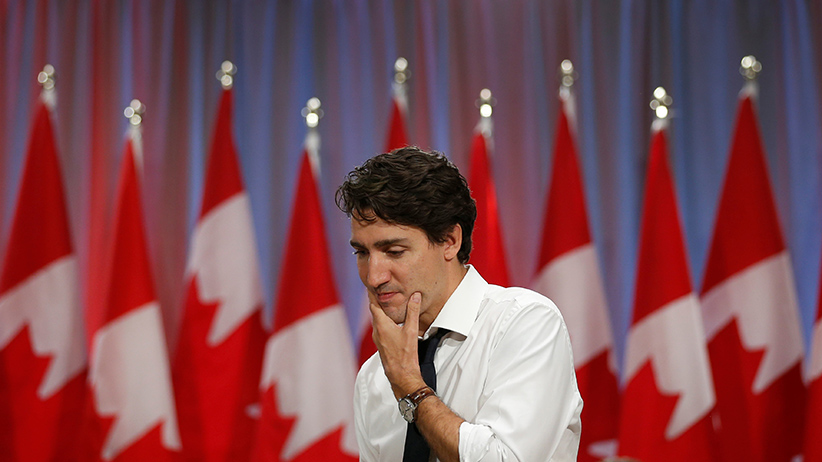
Few saw the one-two punch thrown by global politics in 2016 coming. Like a set-up jab to the body, Brits voted to exit the European Union. And then, like an even harder follow-up cross to the head, Americans voted Donald Trump into the presidency. The world was left seeing stars. But maybe, if this isn’t giving Canada’s most famous boxer too much credit as a fight strategist, we might have braced ourselves for the blows if we’d been listening more closely to Justin Trudeau.
Back in 2014, Trudeau delivered a key early speech as Liberal leader to his party’s policy convention in Montreal. His main message was that middle-class families hadn’t reaped enough of the benefits of three decades of economic policy that stressed freer trade, globalized investments flows, and low government deficits. “Here’s the point,” Trudeau said. “The original promise of that agenda was that everyone would share in the prosperity that it creates. It hasn’t happened. That’s not a political point. It’s a fact. And if we don’t fix that, the middle class will stop supporting a growth agenda.”
Maybe that isn’t precisely a prediction that anxious middle-class voters, first in England beyond London, and next in America’s fly-over heartland, would rise up against globalization. Still, Trudeau’s apprehension was broadly on target. He sensed, along with his inner circle, rising popular discontent with an economic order that delivered unequal rewards. The question is whether that early insight is translating, now that he’s Prime Minister, into an effective policy response.
That brings into focus the main challenge facing Trudeau’s government in 2017. The Liberals claim to have already begun the work of persuading middle-class Canadians that Ottawa is on their side. Their big moves of 2016 were a modest middle-income tax cut and the more ambitious Canada Child Benefit, a streamlining and enriching of federal payments to parents.
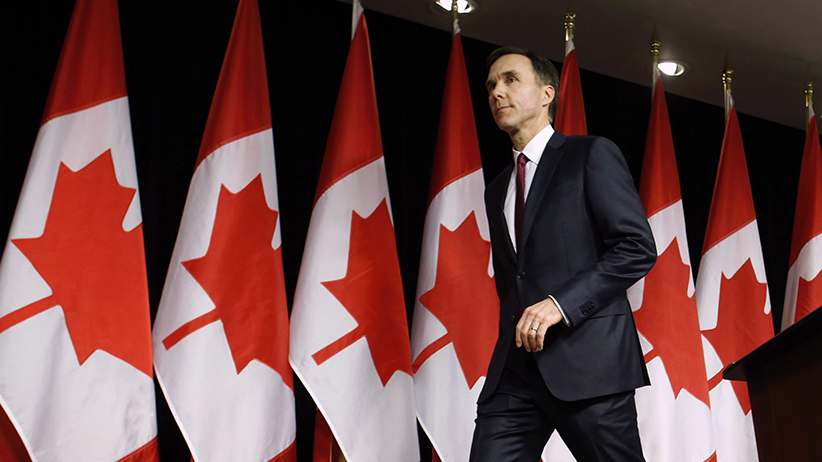
Finance Minister Bill Morneau has begun signalling that those measures basically fulfilled the Liberal promise to provide direct, immediate support for middle-class families. The next stage—the government’s big thrust for the coming year—is to put in place policies meant to ensure better economic growth in the longer term. Morneau speaks of policies designed to guarantee the prosperity, not so much of today’s voters, but of their children and grandchildren.
The big economic policy moves of 2017 were largely set up by Morneau’s 2016 fall economic statement. They include setting up an infrastructure bank that would use $15 billion in federal money to try to lure four or five times that much from private investors, like pensions and investment funds, to back projects from toll highways and bridges, to electricity grids and metered water systems, to ports and airports. He promises something called the Invest in Canada Hub, a federal agency which will try to attract more foreign investment, while the immigration system is reformed specifically to make it easier and faster for companies to bring in foreign professionals and in-demand skilled workers.
The immediate appeal of all these plans to middle-income Canadians looks far less obvious than the 2016 tax cut and child benefits boost. But the Trudeau government claims that delivering those promises first has earned it the credit needed to follow through with infrastructure, investment and immigration measures that will require more patience. “What I hear is, ‘We really appreciate what you’ve done to help us. Now what are you going to do to grow the economy?’” says Quebec Liberal MP François-Philippe Champagne, who, as Morneau’s parliamentary secretary, is emerging as an upbeat salesman for the government’s economic package.
MORE: Find out how much the Canada Child Benefit will help your family
Champagne, who held senior positions in international engineering and energy companies before jumping into politics, says Canada stands out on the world stage right now. At multinational meetings, he says Canada’s track record for “inclusive growth” draws high-level interest, as does the Trudeau government’s new plans for infrastructure. At a recent meeting of the Asia-Pacific Economic Cooperation group, Champagne notes, dinner seating had to be rearranged to accommodate the Chinese delegate’s request to sit next to the Canadians.
The undeniable buzz surrounding Trudeau, though, can only carry him so far. A jaundiced political observer might guess that his aura is already showing signs of fading, at least at home. Early image-making moments included naming a cabinet with as many women as men and greeting Syrian refugees at Toronto’s airport. As 2016 drew to a close, however, he was undermined by nagging questions about the propriety of Liberal fundraisers, held at private homes, where well-heeled business figures paid up to $1,500 to hobnob with the PM or his top ministers.
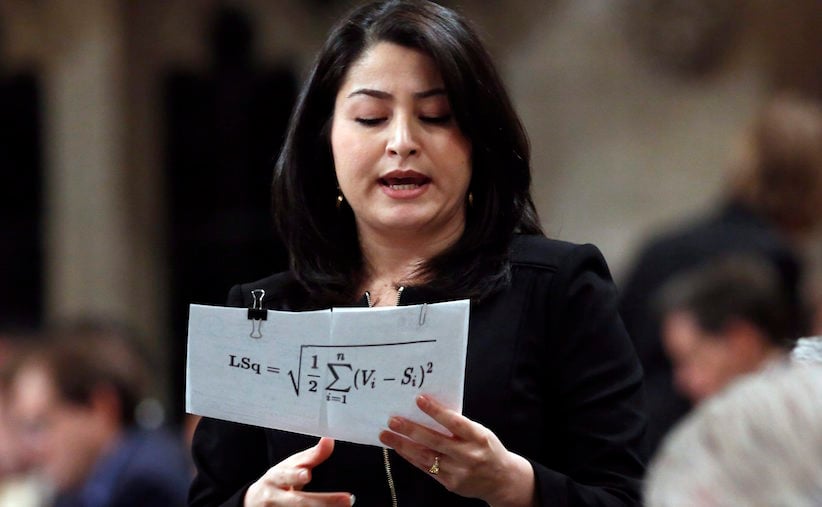
Beyond the fundraising controversy, the way the Liberals are following through on—or, perhaps, backing away from—several clear election commitments threatens to seriously distract from Trudeau’s core economic message. Any one of several tough files—from electoral reform to military procurement, marijuana legalizing to health care funding—has potential to rudely interrupt the pro-growth message the Liberals would like to deliver throughout 2017.
Making good on Trudeau’s campaign vow to end Canada’s traditional first-past-the-post way of electing MPs—where the top vote-getter goes to Parliament and the rest go home—now looks like a long shot. Democratic Institutions Minister Maryam Monsef embarrassed herself by insulting a House committee that delivered a report on Dec. 1 calling for a referendum on switching to some version of proportional representation, in which a party’s number of MPs would more closely reflect its share of the national vote.
RELATED: The problem with Maryam Monsef’s contempt for metrics
Monsef apologized a day later, but now looks less credible as she tries to somehow devise a policy that reflects the government’s extreme reluctance to hold a referendum, and Liberal resistance to any form of proportional representation, which would tend to help smaller parties like the NDP and Greens. Many political insiders expect Trudeau to look for a way to walk away from his electoral reform promise in 2017, perhaps offering, instead, a suite of more modest voting reforms.
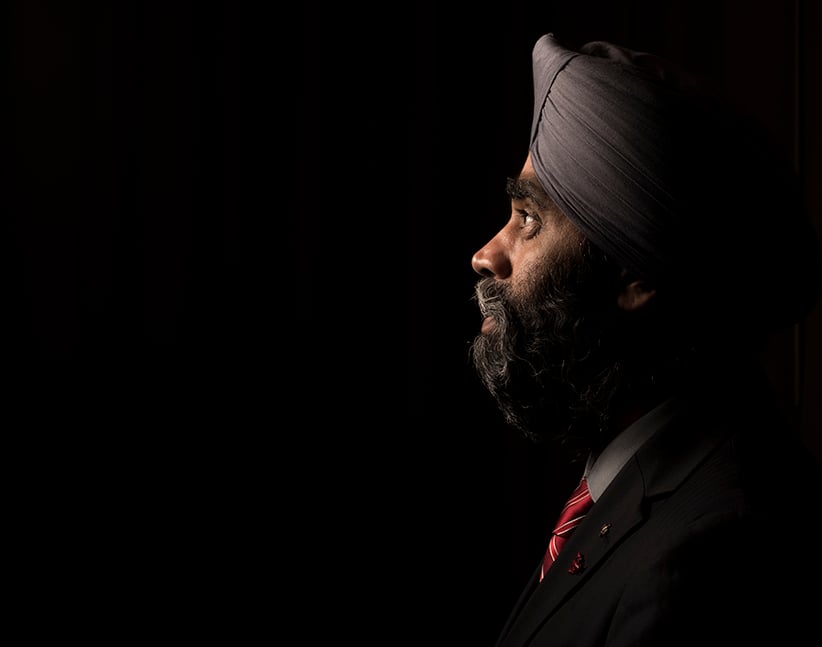
Another election promise that has already been effectively abandoned is Trudeau’s pledge not to buy Lockheed Martin’s F-35 fighter jet to replace Canada’s aging CF-18s. Defence Minister Harjit Sajjan and Public Services and Procurement Minister Judy Foote are pushing ahead with a two-stage jet buy. They plan to purchase 18 Boeing Super Hornets as an interim measure, and then hold a five-year search for the best plane for the longer-term, with the F-35 very much in the running.
Details of the jet procurement, and much more about the future of Canada’s military, won’t be known until after Sajjan delivers the results of a sweeping defence policy review in early 2017. The stakes are enormous: Canada’s track record on equipping the military is abysmal, and the Trump administration is expected to turn up the pressure on all U.S. allies to step up defence spending.
RELATED: Liberals haven’t ruled out the F-35
Watch for Trudeau’s government to try to turn defence necessity into economic virtue. “This is about getting our women and men in uniform the equipment they need to do their jobs and protect Canadians, in the most effective way possible, while maximizing economic benefits for the middle class and those working hard to join it,” Foote said in defending the jet procurement plan.
On other highly controversial files, circling back to that mantra about helping the middle class will be even trickier. Trudeau’s vow to legalize and regulate marijuana—the first bold policy initiative he signalled as Liberal leader—is supposed to be fulfilled by legislation in 2017. But marijuana entrepreneurs aren’t waiting for a law to be passed, and Trudeau recently expressed frustration at the way storefront pot dispensaries have sprung up in anticipation of the change.
Anne McLellan, who was justice minister in the former Liberal government of prime minister Jean Chrétien, headed a task force on marijuana that is slated to deliver its report this week. McLellan was said to favour a restrictive policy, aimed at keeping pot away from young people. But exactly how Trudeau intends to liberalize marijuana policy, while also turning the clock back on the freewheeling weed marketplace that has emerged in recent months, will be a tough test in the coming year.
Issues like political fundraising, electoral reform, defence and marijuana all share obvious potential to commandeer the political agenda for weeks at a stretch. Trudeau and his advisers will want to keep pulling the spotlight back to his strengths. Travel abroad, for instance, tends to showcase him to great advantage, and arguably the most intriguing trip on his calendar for 2017 is the 43rd annual G7 summit, set for late May in Taormina, on the Italian island of Sicily.
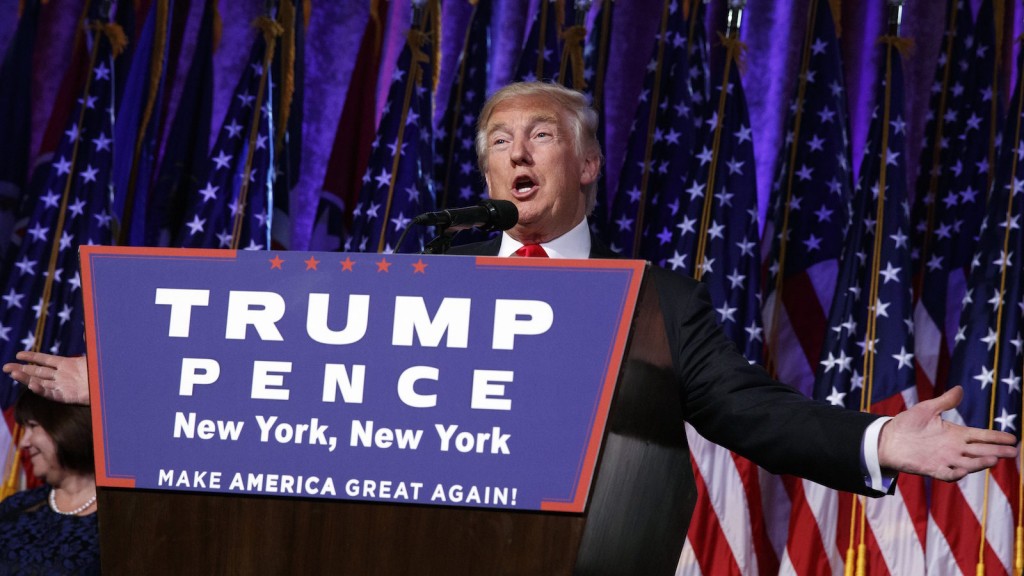
The meeting could serve as something of a coming out party for President Trump. John Kirton, a G7 expert at the University of Toronto’s Munk School of Global Affairs, suggests the summit mood offers a unique chance for the leaders of Germany, France, Britain, Japan, host Italy, and, of course, Canada, to try to tame Trump. “It’s small, intimate, conversational,” Kirton says. “So this will be the chance where G7 leaders can say, ‘Okay, Donald, how do you interpret the mandate you got from the people? What’s your vision? What’s your agenda for the world?’ ”
Different leaders might have different points where their policy preferences, or domestic preoccupations, intersect with Trump’s concerns. For instance, European leaders might suggest that their problem with undocumented migration from Africa and the Middle East isn’t so different from America’s with illegal immigration from Latin America. As for Trudeau, Kirton points out that Trump also emphasizes infrastructure spending to juice the U.S. economy. “Trump believes in fiscal stimulus,” he says. “So he’s a soul mate with Justin Trudeau on that.”
The possibility of Trudeau making common cause with Trump is among the more intriguing just-maybes to look for in 2017. No matter how deftly he handles the harder files, it seems unlikely the coming year will be as kind to him as the one just ending.
His government’s honeymoon with Canadian voters, and even international audiences, has been prolonged. “They have produced approval ratings for their direction that are the highest we’ve seen in 20 years,” says veteran pollster Frank Graves, president of Ekos Research.
ANNE KINGSTON: Sorry Canada, Justin Trudeau just isn’t into you
Graves sees those heady approval numbers as evidence of more than Trudeau’s surface appeal. He contends that Canadian voters have swung in recent years toward a more deeply held desire for a more activist government. “The real challenge is coming up with a plausible package of ideas and a framework that makes the public go, ‘Yeah, I can sort of see that that’s going to make things better,’ ” Graves says.
In other words, Graves gleans from his polling something like what Trudeau expressed back in 2014. People might believe that economic policy is creating wealth, but they don’t see how it has made their own families much better off. Tom Jenkins, chairman of OpenText, the Waterloo, Ont.-based maker of business software, sees a significant difference between the way the former Conservative government looked at this challenge and how the Liberals are addressing it.
Jenkins isn’t a partisan; he delivered a report on innovation for the Conservatives, and has remained a presence in Ottawa policy circles since the Liberals took over. “Absolutely there’s a different attitude, there’s a different view of things,” he says. “The previous government was very much about macroeconomics, sort of setting the table on things like taxes and regulations. But this government, I have found so far, is very much engaged. They’re a convenor. They will actively take positions.”
Many of those active positions on policies designed to boost economic growth must be made clearer in 2017. But the spotlight of attention will, inevitably, often follow other news, from marijuana to political fundraising, military spending to election reform. Their combined potential to wreak havoc with the government’s agenda has to be daunting. Trudeau’s underlying aim through it all must be to show how, in the age of Trump and Brexit, he can turn economic anxiety into optimism, and his early promise into sustained success.